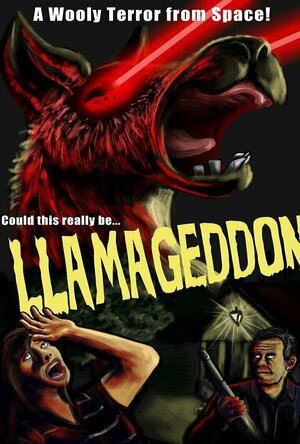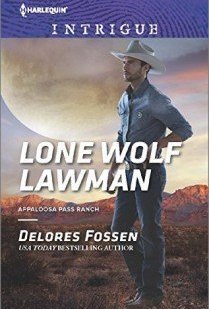Jesters_folly (230 KP) rated Llamageddon (2015) in Movies
May 15, 2021
The cast know that this film is not good but it looks like they had fun making it and it pays homage to a lot of other films, there are conversation on other films ala Scream, buckets of blood were-Llama transformation and alien eggs because these Lamas hatch from eggs that are laid by males.
If you haven't got a feel for Llamageddon yet then all you need to know is that it's mainly set around a party of teen's/young adults who drink, bonk, smoke and then get killed by the Llama, it's predictable, stupid and only 69 minutes long which is good because if it was any longer I think my brain would have melted and yes IMDB says that the run time is deliberate and that is the type of humour you can expect .
I really can't decide if Llamageddon is a waste of an hour or if it was actually a fun time, I think it rates some where between Zombeavers and the 2019 Wolf. Like Wolf it's very low budget and seems to be made more for the fun of the cast but, unlike wolf, it know this and doesn't take itself to serous. And that makes all the difference, not taking itself too serious makes the film a lot easier to watch.
So if you're looking of a quick watch and don't want to think about it too much you could give Llamageddon a watch, just don't expect to much.
Lindsay (1779 KP) rated Lone Wolf Lawman in Books
Aug 30, 2018
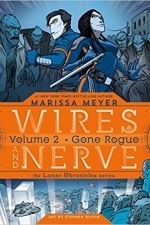
Wires and Nerve, Volume 2: Gone Rogue
Book
The second graphic novel, and sequel to Wires and Nerve, Volume 1, from #1 New York Times and USA...

Animal Messages: Seek Inspiration from Your Animal Guides
Book
Ancient cultures have always looked to animals as a source of strength, protection and knowledge....
Li'l Abner: The Complete Dailies and Color Sundays: Vol. 6: 1945-1946
Book
Beware, readers, beware! Amidst such buxom beauties as Daisy Mae, Wolf Gal, and Moonbeam McSwine,...

Rabbit's Bad Habits: Book 1
Book
'Rabbit's Bad Habits is a breath of fresh air in children's fiction, a laugh-out-loud story of...
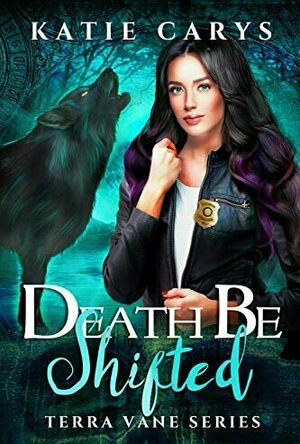
Death be Shifted (Terra Vane #6)
Book
Previously published under the author name of Katie Epstein... My name is Terra, and I’m a...
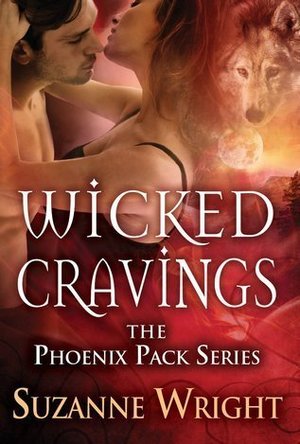
Wicked Cravings (The Phoenix Pack #2)
Book
Despite having been besotted with Dante Garcea since she was a child, wolf shifter Jaime Farrow...
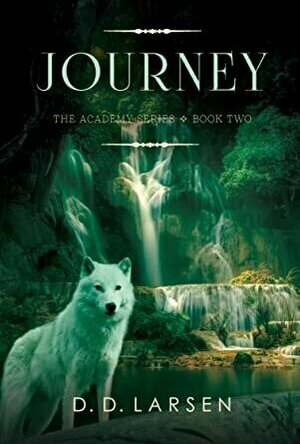
Journey (The Academy #2)
Book
In book two of The Academy series, Jamie is torn between the safe Liam and the adventurous Wren as...
Paranormal Romance Shifters
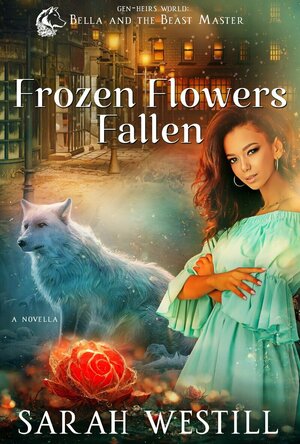
Frozen Flowers Fallen (Gen-Heirs World: Bella and the Beast Master)
Book
In a country obsessed with genetically inherited gifts, Bella Fenwick is no one special. At least...
Paranormal Romance
